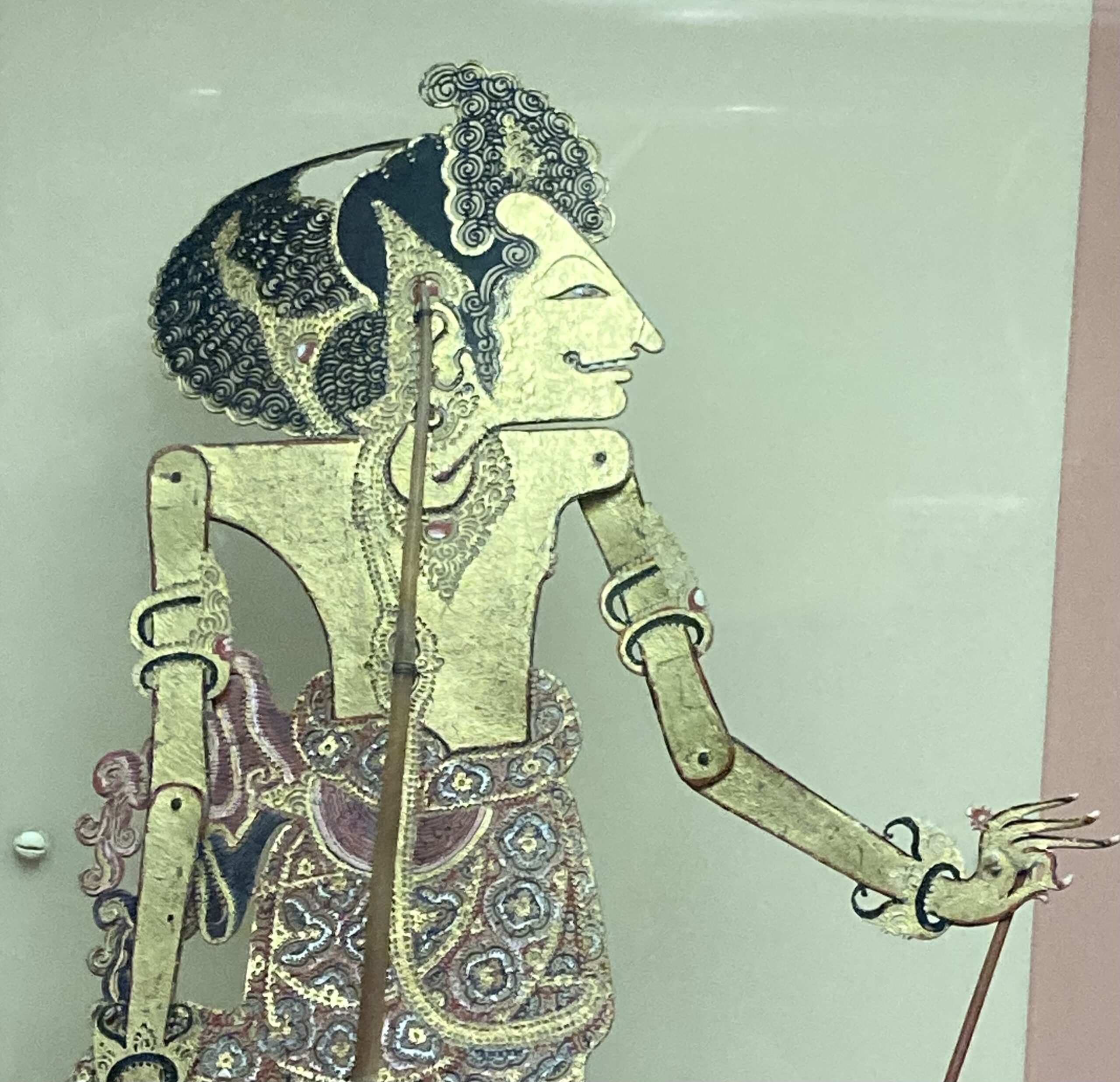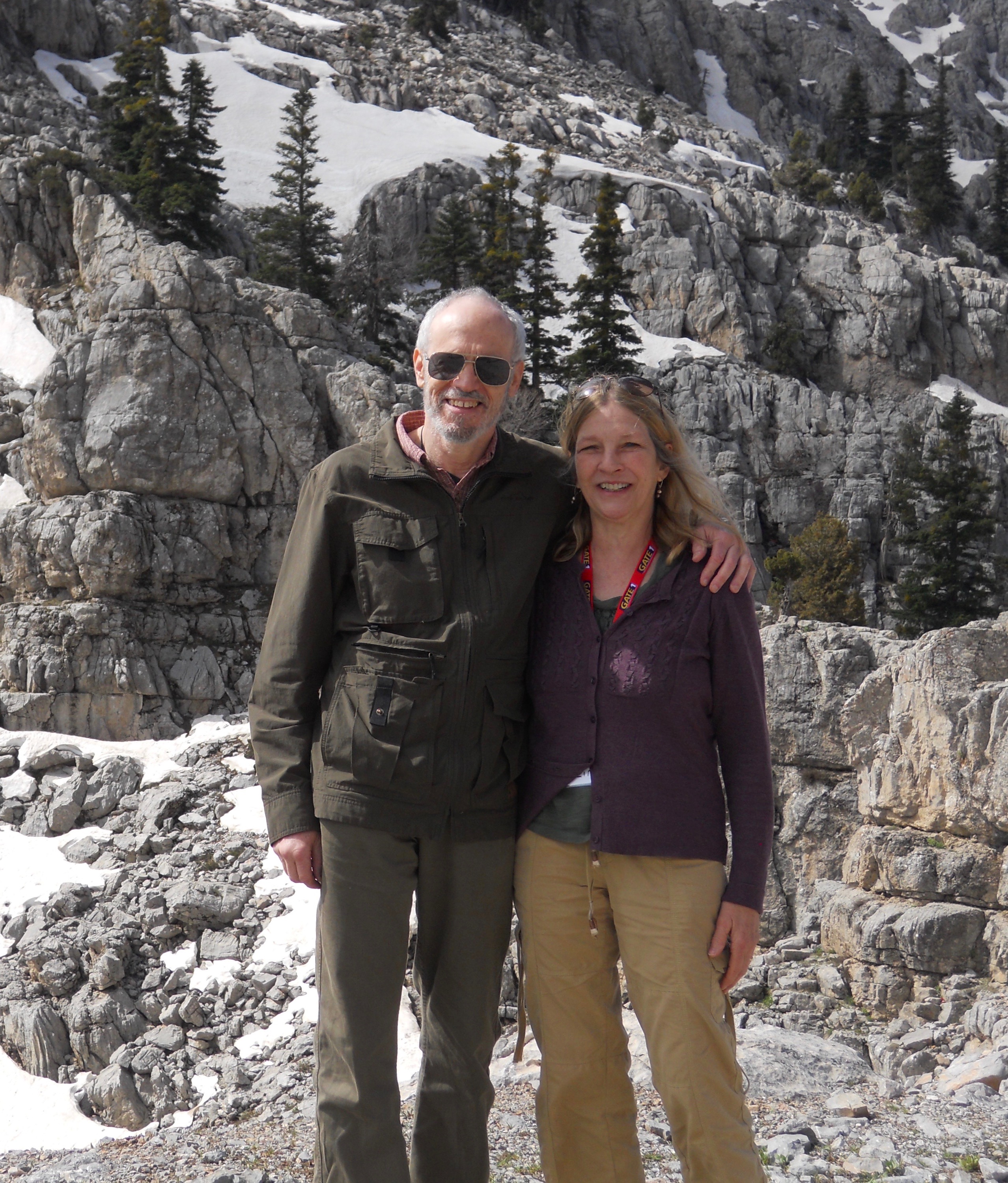Silence can be a frightening experience or the voice of welcoming. There is a silence of the heavens. A silence that can remind people who can hear of death. And then there’s a silence that is peace itself.
I once shared in a blog something my father told me. I was in my early twenties, temporarily staying with my parents, and planning to hitch-hike across the country. My dad hated the idea. One night, he yelled at me, calling me irresponsible for not getting a job immediately, but ignoring the fact that in three months I had a job lined up and was going to graduate school.
My mother heard the yelling, came into the room and calmed him down. He then shared what motivated his outburst. It was partly his economic fears, based on his experience during the depression in the 1930s. And partly, it was his reaction when he went outside at night and looked up at the stars. He said he’d feel lost in the expanse of darkness, unable to accept the infinite silence of the heavens. The only way he knew to deal with this reality was by having a job, having a schedule and something “useful” to accomplish.
We humans have been feeling, questioning, and speaking of the awful or awesome silence of the heavens forever. But there are other dimensions, other ways to experience silence. Imagine being in a medium sized room with 20 or 30 people all engaged simultaneously in independent conversations, their voices echoing from the walls. Then we leave the room and go into a hallway empty of noise, Muzak, or of anyone besides ourselves. The silence would be so welcome.
Or we’re in a forest or walking a rural road. Trees moan as they move together in the wind. Water streams along the bank of the road, crows cough, robins share their sweet voices. And then, seemingly absolute silence that seems to go on forever. No more trees talking, water streaming, or robins singing. The silence feels incomprehensible. Mysterious. Absorbing. I want to wrap my life in it.
We might find ourselves wanting to just get something done, or over-with. Or we feel we must do something but don’t want to⎼ we resist doing it. Whatever it is feels too difficult emotionally or physically to face. This leads to us to being on the defense; we experience in our shoulders, maybe our face or belly a flee-fight-flight response. We tense up. Everything becomes a drag.
But then we realize, hey, at least we can still do this task. Our body is mostly healthy. We are conscious. We focus on feeling the moment of awareness, feeling right here; feeling the fact that we can feel, that we can hear and see. Or we notice the feeling of our feet on the floor, hands in our lap. And suddenly, everything changes. Our sense of isolation ends, sense of connection expands. Switching our attention for a moment from an object of awareness, like a particular person or a step in a task, or our initial dislike, to the fact of being aware can do that.
This allows us to stop and savor the moment. Or savor the fact we’re right here, present. And suddenly, there’s silence; there’s joy. We notice the pleasure of being here. Right amidst whatever angers us, right inside whatever fear we might hold onto, there’s a space of silence. There’s a space of breath. There’s a space for joy. Right at the core of anything is the silent heart of everything. There’s been too little joy for many of us lately⎼ and we can use a great big dose of it. We need to give ourselves a great big dose of joy and compassion.
We might be in the middle of a conversation,….
*To read the whole article, please click on this link to The Good Men Project.




